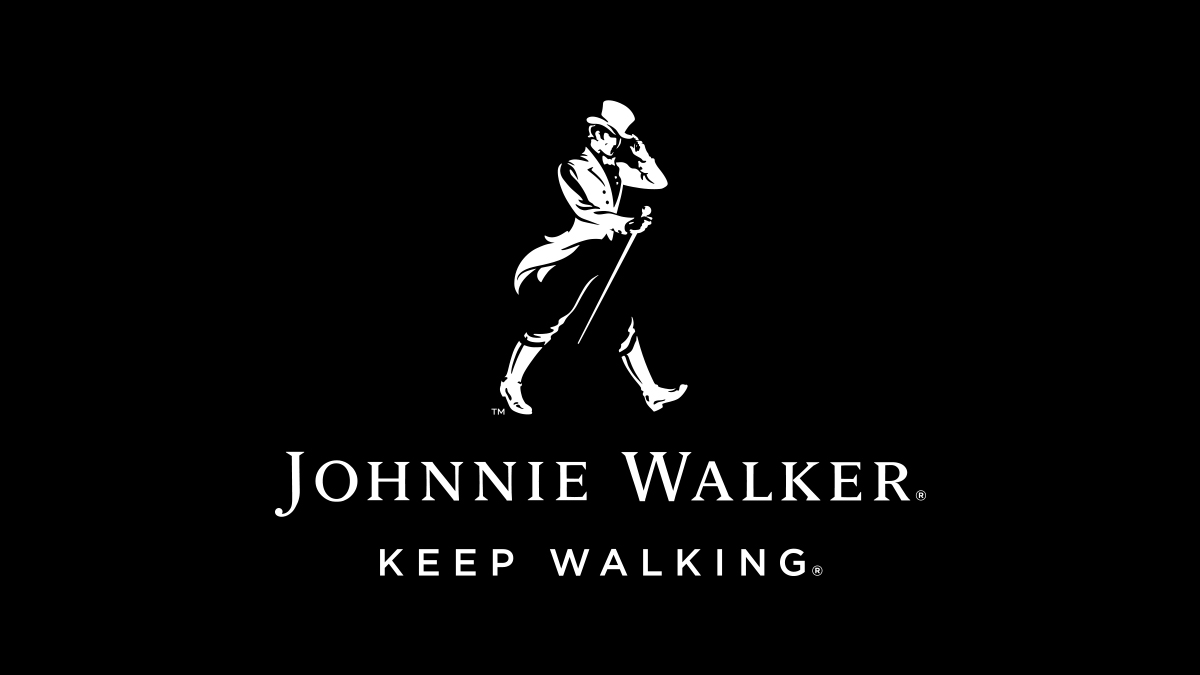Twenty-three June 2020 remains significant in the global advertising community as creative advertising professionals worldwide celebrated the 109 years posthumous birthday of David Mackenzie Ogilvy, the British Advertising Tycoon and Founder of Ogilvy & Matter also known as “Father of Advertising. Born 23rd June 1911 at West Horsley, Surrey in England, David Ogilvy grew up later in life to become a legendary adman whose works and philosophies have become the live wire of the industry and the practice.
As another year rolled by, the global creative community expressed great thoughts and views about the legend who lived and died to give advertising profound meanings as a business and as a profession in commemoration of his iconic roles.
The posthumous birthday celebration was kick-started by his agency, Ogilvy on its LinkedIn page with over one million followers with the inscription of his name initials and the legend new age of 109 “boldly in white colours over the red colour of the agency in the background.
The Ogilvy inscription was preceded with the statement announcing the birthday of the “Father of Advertising” thus: “Today marks what would have been the 109th birthday of David Ogilvy, our founder. Happy birthday, David.”
Ever since then, no fewer than twenty five creative professionals have joined in celebrating the legend, even in death, while about two-thousand people have clicked to like the Ogilvy page on its posthumous celebration for the founder.
Commenting on the legend’s birthday, President, Chief Marketing Officer at Urban Entertainment Marketing, Mr. Lamny Rhem said: “One of the greatest ever … Happy Birthday”. Similarly, Sandra Munoz- a Social Selling Expert and Commercial Marketing Manager Grupo Industrial Zeu disclosed: “I think Ogilvy brought a modern touch to advertising that really made his work stand out, and also made it tremendously effective. Many of the copy writers I work with do just as he said: they spend as much time as necessary researching before they ever start writing”.
In his own comments, vice-president, EMEA at IDG Global Solutions, Christian Drake recollected: “Shane Hannam and I enjoyed presenting in David’s old office over-looking Paris. All the best to everyone at Ogilvy”.
In a similar vein, Director, Marketing Operations at LCBO, Institute of Communication Agencies, Mark Greene said of the legend: “He would be proud of his legacy: Stove sales person. Made millions for legacy brand. Legend, RIP.
Trained at the Gallup research organisation, David Ogilvy introduced rich and robust intellectual bent to the business of advertising and the advertising business as the success of his campaigns were attributed to meticulous research into consumer habits.
Having worked as a Chef, Researcher, and Farmer, Ogilvy started his own advertising agency with the backing of Mather and Crowther, the London agency being run by his elder brother, Francis, which later acquired another London agency, S.H. Benson. The new agency in New York was called Ogilvy, Benson, and Mather.
David Ogilvy had just $6,000 ($59,726.72 in 2016 dollars) in his account when he started the agency. He writes in Confessions of an Advertising Man that, initially, he struggled to get clients. Ogilvy also admitted (referring to the pioneer of British advertising Bobby Bevan, the chairman of Benson): “I was in awe of him but Bevan never took notice of me!” They would meet later, however.
Ogilvy & Mather was built on David Ogilvy’s principles; in particular, that the function of advertising is to sell and that successful advertising for any product is based on information about its consumer. He disliked advertisements that had loud patronizing voices, and believed a customer should be treated as intelligent. In 1955, he coined the phrase, “The customer is not a moron, she’s your wife” based on these values.
His entry into the company of giants started with several iconic advertising campaigns: former First Lady, Eleanor Roosevelt, did a commercial for Good Luck Margarine in 1959. In his autobiography, Ogilvy On Advertising, he said it had been a mistake to persuade her to do the ad – not because it was undignified, but because he had grown to realise that putting celebs in ads is a mistake.
“The man in the Hathaway shirt” with his aristocratic eye patch which used George Wrangel as model; “The man from Schweppes is here” introduced Commander Edward Whitehead, the elegant bearded Brit, bringing Schweppes (and “Schweppervescence”) to the U.S.; a famous headline in the automobile business, “At 60 miles an hour the loudest noise in this new Rolls-Royce comes from the electric clock”; “Pablo Casals is coming home – to Puerto Rico”, a campaign which Ogilvy said helped change the image of a country, and was his proudest achievement.
One of his greatest successes was “Only Dove is one-quarter moisturizing cream”. This campaign helped Dove become the top selling soap in the U.S.
Ogilvy believed that the best way to get new clients was to do notable work for his existing clients. Success in his early campaigns helped Ogilvy get big clients such as Rolls-Royce and Shell. New clients followed and Ogilvy’s company grew quickly. He was widely hailed as “The Father of Advertising”. In 1962, Time called him “the most sought-after wizard in today’s advertising industry”.
In 1973, Ogilvy retired as Chairman of Ogilvy & Mather and moved to Touffou, his estate in France. While no longer involved in the agency’s day-to-day operations, he stayed in touch with the company. His correspondence so dramatically increased the volume of mail handled in the nearby town of Bonnes that the post office was reclassified at a higher status and the postmaster’s salary raised.






Comment
No comments found.